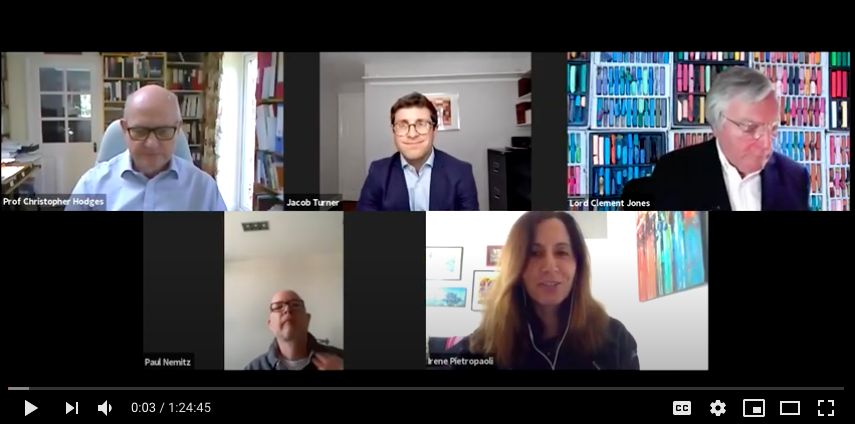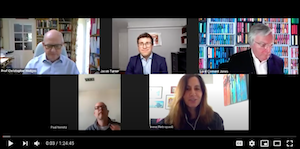This is the third webinar in our series on ‘Artificial Intelligence: Opportunities, Risks, and the Future of Regulation’. The intellectual and policy narratives of our times are dominated by the concepts of machine learning, use of Big Data, and the emergence of systems that will simulate human thinking and intelligence.
The ethical issues raised by AI systems have received considerable attention but insufficient attribution and operational location. The regulation of AI however remains fragmented, not up to speed with technology, and dominated by ‘rights-focused’ data protection models and assumptions of self-regulatory compliance with varying sets of ethical principles. But, and in a world recovering from a pandemic, and reliance on AI technologies being part of that recovery, what is imperative is a global regulatory engagement employing a legitimate and universal governance language such as rule of law, which is market sensitive, rights respecting, strongly principled, and open to evaluation and accountability.
Like AI, rule of law is truly international and as such offers an established regulatory field which offers the human/machine interface a global legal foundation. On 18 June 2020, the Centre for Data Ethics and Innovation (CDEI) published its ‘AI Barometer’, an analysis of the most pressing opportunities, risks, and governance challenges associated with AI and data use in the UK, initially across five sectors.
In addition, a Regulatory Horizons Council (RHC) has just been established in the UK to identify the implications of technological innovation with high potential benefit for the UK economy and society, and advise the government on regulatory reform needed to support its rapid and safe introduction.
This followed the commitment of the UK government in a white paper on ‘Regulation for the Fourth Industrial Revolution’. Based on these and other developments, Lord Clement-Jones CBE led a conversation with leading figures in this field.





